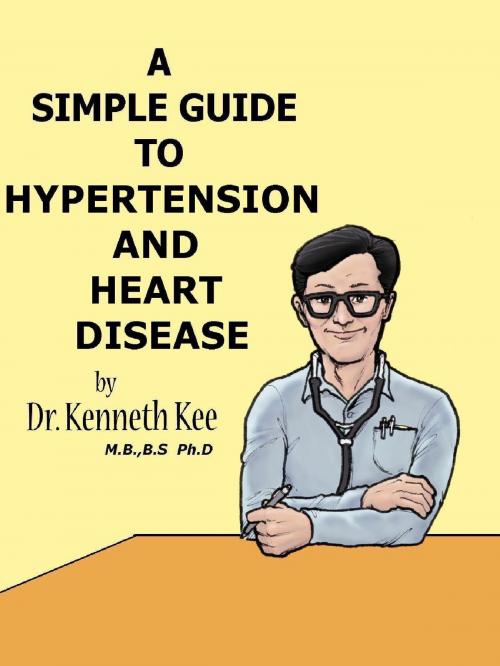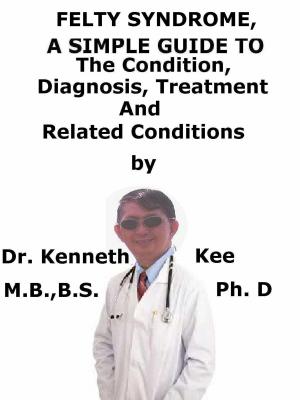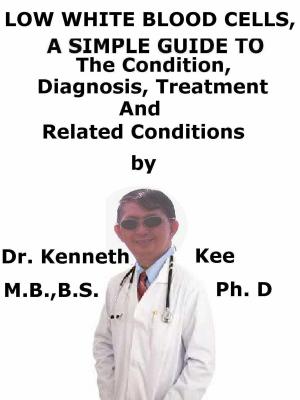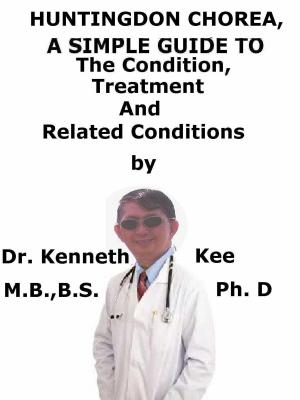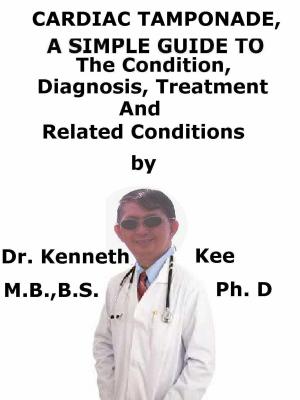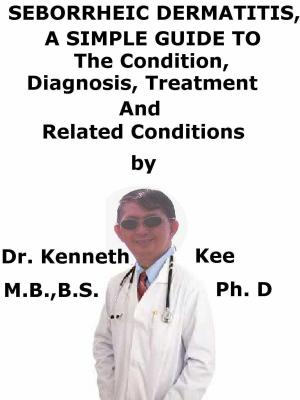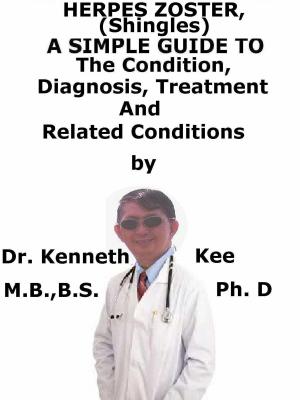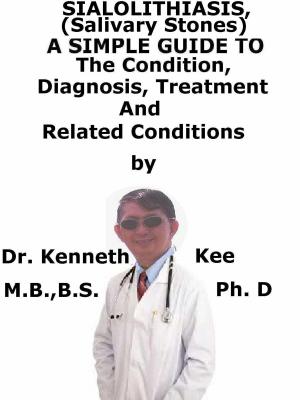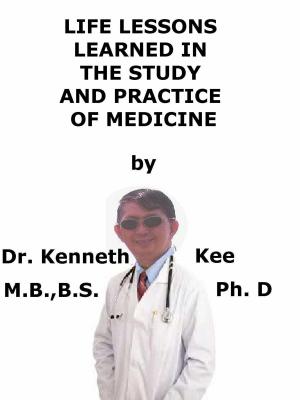A Simple Guide to Hypertension and Heart Diseases
Nonfiction, Health & Well Being, Health, Ailments & Diseases, Heart, Health Care Issues| Author: | Kenneth Kee | ISBN: | 9781301944378 |
| Publisher: | Kenneth Kee | Publication: | November 11, 2012 |
| Imprint: | Smashwords Edition | Language: | English |
| Author: | Kenneth Kee |
| ISBN: | 9781301944378 |
| Publisher: | Kenneth Kee |
| Publication: | November 11, 2012 |
| Imprint: | Smashwords Edition |
| Language: | English |
Hypertension, or high blood pressure, refers to a condition in which the blood is pumped
around the body above normal pressure.
It is a silent disorder and the only way to detect it is to have your blood pressure checked.
When is it High Blood Pressure?
Blood pressure is not fixed.
It varies with time of day or night, physical activity and emotional factors.
Therefore, blood pressure has to be taken under resting condition and on more than one
occasion.
A blood pressure reading of 120/80 is read as 120 over 80 millimetres of mercury.
The top number is your systolic pressure.
This is the pressure in your arteries when your heart pumps.
The bottom number is your diastolic blood pressure.
This is the pressure measured in your arteries when your heart relaxes between pumps.
Blood pressure may vary from 100/60 in a young healthy woman to 130/80.
Normal blood pressure is below 130/80; blood pressure between 130/80 and 139/89 is called "pre-hypertension", and a blood pressure of 140/90 or above is considered high.
Hypertension is present when your blood pressure is persistently at or above 140/90.
People with diabetes or kidney disease must strive to maintain their blood pressure at
around 130/80 because they are at higher risk of complications of hypertension.
What are the Causes of Hypertension?
In 95% of cases, there is no definite known cause and it is known as essential hypertension.
Older people and men are more likely to develop high blood pressure.
It also tends to run in families.
Although, you may inherit the tendency to get high blood pressure, other lifestyle choices
(eating an unhealthy diet, smoking, not exercising) will often determine if you eventually
get the disease.
The other 5% of high blood pressure cases are due to kidney disease, glandular
(hormone/endocrine) problems or a side effect of some medications and are called
secondary hypertension.
Listed below are some causes of secondary hypertension.
-
Adrenal gland tumors
-
Cushing's syndrome
-
Kidney disorders
-
Kidney failure
-
Use of medications, drugs, or other chemicals
-
Pregnancy or the use of oral contraceptives
-
Diabetes mellitus
-
Obesity
TABLE OF CONTENT
Chapter 1 Hypertension
Chapter 2 Coronary Heart Disease
Chapter 3 Atrial Fibrillation
Chapter 4 Heart Failure
Chapter 5 Congenital Heart Disease
Chapter 6 Cardiogenic Shock
Chapter 7 Pericarditis
Chapter 8 Tachycardia
Chapter 9 Bradycardia
Hypertension, or high blood pressure, refers to a condition in which the blood is pumped
around the body above normal pressure.
It is a silent disorder and the only way to detect it is to have your blood pressure checked.
When is it High Blood Pressure?
Blood pressure is not fixed.
It varies with time of day or night, physical activity and emotional factors.
Therefore, blood pressure has to be taken under resting condition and on more than one
occasion.
A blood pressure reading of 120/80 is read as 120 over 80 millimetres of mercury.
The top number is your systolic pressure.
This is the pressure in your arteries when your heart pumps.
The bottom number is your diastolic blood pressure.
This is the pressure measured in your arteries when your heart relaxes between pumps.
Blood pressure may vary from 100/60 in a young healthy woman to 130/80.
Normal blood pressure is below 130/80; blood pressure between 130/80 and 139/89 is called "pre-hypertension", and a blood pressure of 140/90 or above is considered high.
Hypertension is present when your blood pressure is persistently at or above 140/90.
People with diabetes or kidney disease must strive to maintain their blood pressure at
around 130/80 because they are at higher risk of complications of hypertension.
What are the Causes of Hypertension?
In 95% of cases, there is no definite known cause and it is known as essential hypertension.
Older people and men are more likely to develop high blood pressure.
It also tends to run in families.
Although, you may inherit the tendency to get high blood pressure, other lifestyle choices
(eating an unhealthy diet, smoking, not exercising) will often determine if you eventually
get the disease.
The other 5% of high blood pressure cases are due to kidney disease, glandular
(hormone/endocrine) problems or a side effect of some medications and are called
secondary hypertension.
Listed below are some causes of secondary hypertension.
-
Adrenal gland tumors
-
Cushing's syndrome
-
Kidney disorders
-
Kidney failure
-
Use of medications, drugs, or other chemicals
-
Pregnancy or the use of oral contraceptives
-
Diabetes mellitus
-
Obesity
TABLE OF CONTENT
Chapter 1 Hypertension
Chapter 2 Coronary Heart Disease
Chapter 3 Atrial Fibrillation
Chapter 4 Heart Failure
Chapter 5 Congenital Heart Disease
Chapter 6 Cardiogenic Shock
Chapter 7 Pericarditis
Chapter 8 Tachycardia
Chapter 9 Bradycardia
